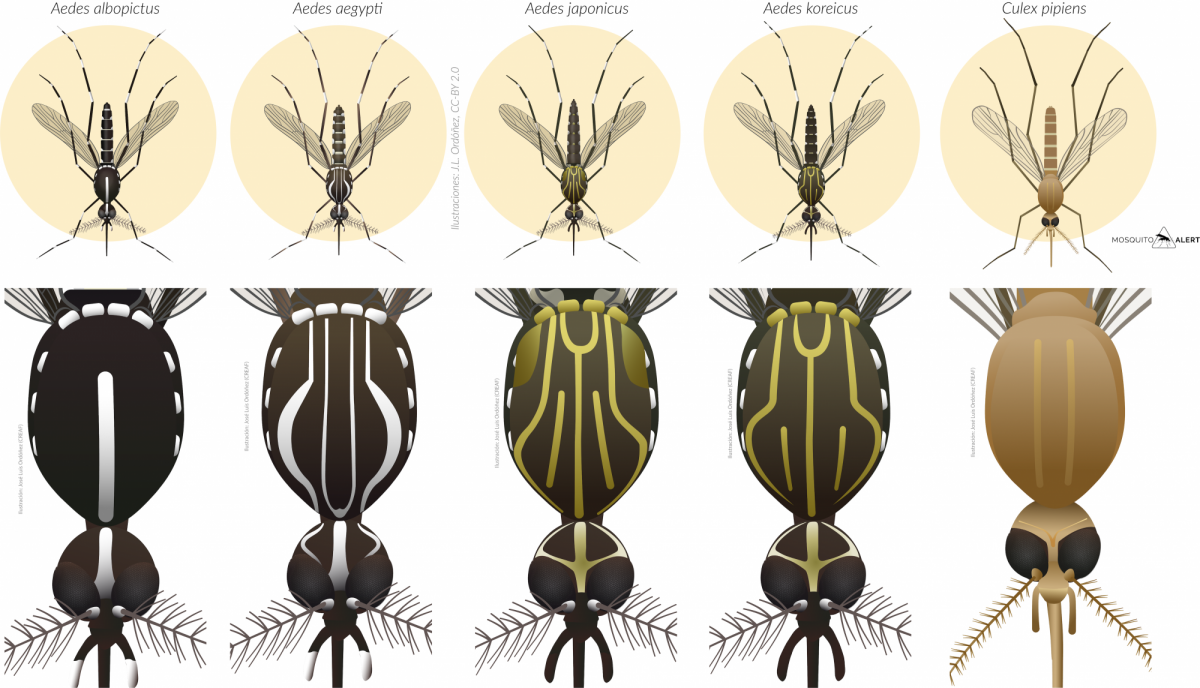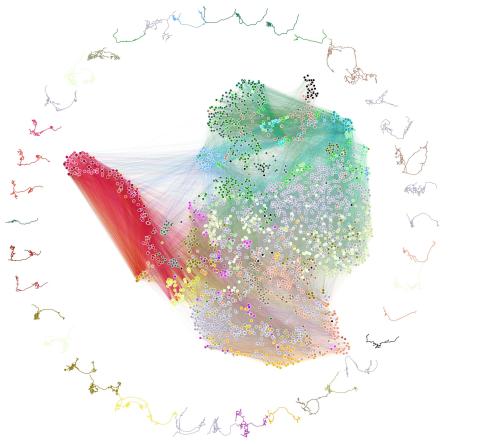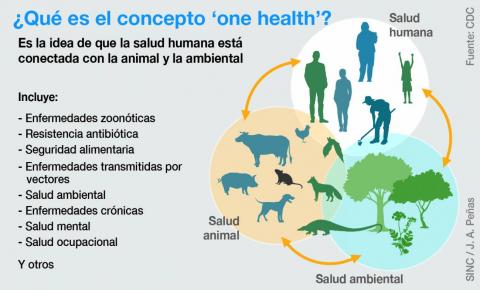How can I distinguish invasive mosquitoes?
There are thousands of mosquito species, but you don't need a PhD in entomology to distinguish the invasive ones that are of most concern because they are among the few that transmit disease. They all belong to the genus Aedes and are four in number: the tiger mosquito (Aedes albopictus), the yellow fever mosquito (Aedes aegypti), the Japanese mosquito (Aedes japonicus) and the Korean mosquito (Aedes koreicus).
The Mosquito Alert application - recently included in the Ministry of Health's National Plan for the Prevention, Surveillance and Control of Vector-borne Diseases - allows the recording of bites and breeding sites, but also has a guide to identify the species. The European Centre for Disease Prevention and Control (ECDC) offers more detailed resources also geared towards the average citizen.
In a nutshell, Aedes mosquitoes are dark or black, while the common mosquito (Culex pipiens) is brown. To distinguish between species, it is necessary to look in more detail at the patterns on their thorax and legs.

Why are they dangerous?
The mosquito is the most lethal animal in the world: while about ten people die each year from shark attacks, more than 725,000 die from diseases transmitted by these insects. The most dangerous of these is malaria, which kills more than 600,000 people every year.
The invasive species of interest in Spain are characterised by the transmission of diseases caused by viruses, known as arboviruses. The most important are dengue, Zika, chikungunya, yellow fever and West Nile fever. Also dirofilariasis, caused by a parasitic nematode.
These diseases are not endemic to Spain and the cases detected usually come from people infected in other countries. However, researchers fear that climate change and globalisation will change this: for example, several cases of autochthonous dengue fever have already been detected.
Where do mosquitoes come from?
Without water there is no life, but there are even fewer mosquitoes: these insects require small volumes of water to complete their life cycle, as the females take the opportunity to lay their eggs there. These hatch into aquatic larvae, which in turn give way to pupae, from which new mosquitoes hatch.
In other words: mosquitoes love standing water. Flower pots, mop buckets, pet drinking fountains, broken pipes, air conditioners, tarps, swimming pools and anything else that can collect water has the potential to become a breeding ground for mosquitoes. The fight against mosquitoes starts here, and we can prevent them from breeding in our homes by monitoring and emptying containers of standing water.
When are there more mosquitoes and when do they bite more?
They depend on temperature, rainfall and humidity. In Europe, therefore, mosquito activity is seasonal, peaking in summer.
That summer equals mosquitoes is part of popular lore, but the working hours and appetites of mosquitoes are less well known. The common (remember, brown) mosquito bites mostly at night. The four invasive species, however, bite during the day, at dawn and dusk.
How can I avoid being bitten by a mosquito?
Remedies to prevent mosquito bites are divided into those that work and those that do not. The latter group of ineffective products includes bracelets and ultrasonic devices.
One effective way to keep mosquitoes out of the house is to install mosquito nets on the windows. Once inside, the insecticide can kill them - either as a spray or as a dispenser plugged into the socket; in the latter case, keep an eye on the container to change it when it runs out.
If we are outdoors or going on an excursion, we can use the repellent, which must be reapplied according to the manufacturer's instructions.
What can I do if I get an itch?
Normally, if you are bitten by a mosquito in Spain, whatever the species, nothing will happen beyond the discomfort of the bite. In this case, the Centers for Disease Control and Prevention (CDC) recommends washing the area with soap and water, applying ice for ten minutes and applying antihistamine anti-bite cream.
At the moment it is unlikely that a mosquito that has bitten us in Spain will transmit any disease, but this risk increases in other countries, including South America, Africa and Southeast Asia. In this case, we should watch out for symptoms such as fever, joint, head, muscle or neck pain, skin rashes, vomiting and diarrhoea, and seek medical attention if necessary.
Why are mosquito-borne diseases increasingly being talked about?
Three factors have led to the global spread of disease-causing mosquitoes in recent decades.
First, globalisation. Travel is becoming faster and faster, and tropical and subtropical areas have become frequent tourist destinations. As it only takes one mosquito to infect an infected traveller to start transmitting the disease in another country, this poses a risk for the spread of disease.
Secondly, urbanisation. Human populations and their density have increased. So have deforestation, agricultural and livestock operations and the disruption of ecosystems. The combination of stagnant water and many humans together provides the perfect breeding ground for mosquitoes.
Thirdly, climate change. Mosquitoes and the viruses they carry depend on factors such as climate. That is why researchers believe that rising temperatures will favour the spread of these diseases to places where they have not been endemic until now.




